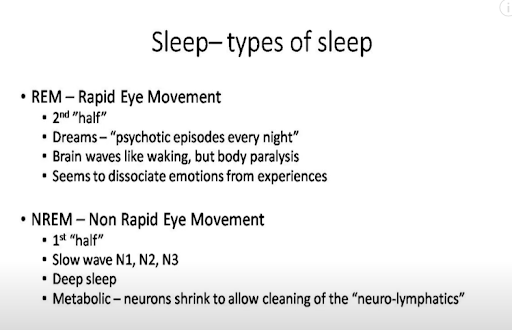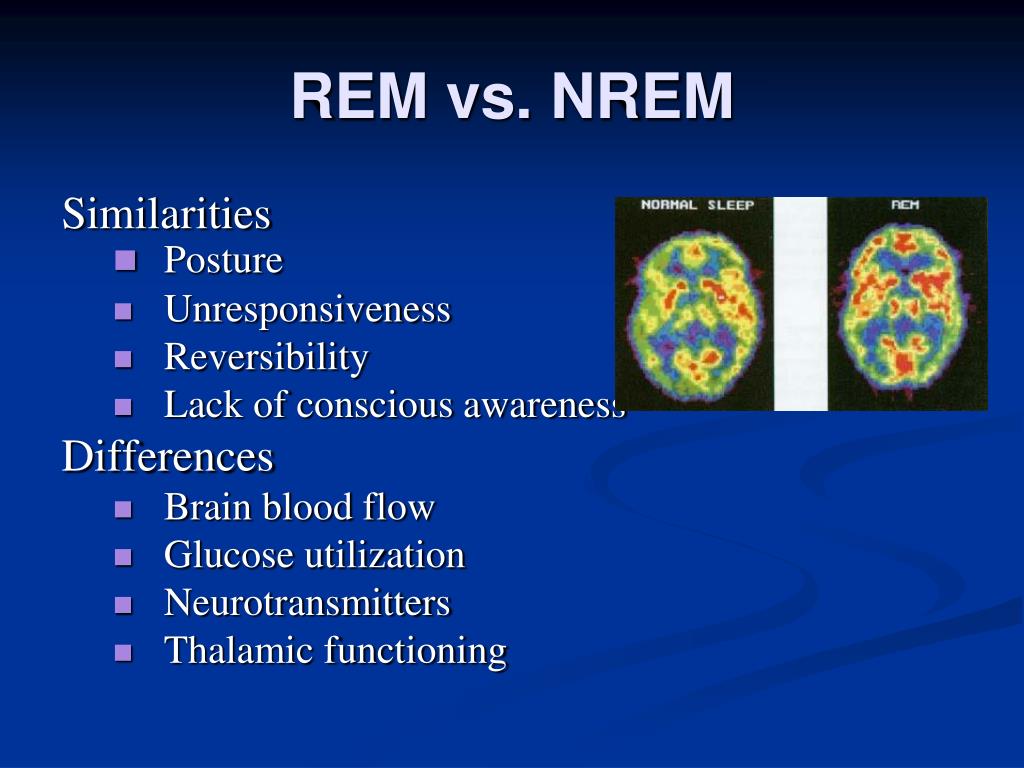

It is for this reason that researchers named REM sleep after the term rapid eye movement (REM). Our eyes begin to move quickly to and fro. Schedule your sleep with your cycles and sleep on the right mattress to help yourself feel more energized.The REM phase begins after deep sleep. You spend a third of your life asleep, so make sure those hours actually promote a productive day. Take some deep breaths, take your mind off the day, and zone out. They even make podcasts now specifically to bore you to fall asleep, much like the bedtime stories of your childhood. Try putting in earplugs or putting on some relaxing music to soothe you to sleep. Or maybe your mind is racing and you can’t stop thinking. Maybe you just live in a noisy neighborhood. So make sure you’re staying active during the day.Įar Plugs, White Noise, Music, or a Sleep Podcast Side note: you actually have to use these muscles in order for them to need a re-feed. As noted above, muscle repair also occurs during sleep, so the perfect time to feed those hungry muscles is before bed. Excess carbs, during the day, can make our energy levels drop. Too much melatonin can make you wake up tired, however, so experiment with the right amount for your body.ĭoes your diet make you cut out carbs? That might be why you’re having a hard time sleeping. Start with around 3 mg a night, which is a normal pill from the pharmacy. If you’re struggling with falling asleep, taking extra melatonin can help kickstart things. Your body naturally produces melatonin when triggered by changes in light and temperature to produce sleep onset. If you’ve got all of these covered (get it?), then try some of these tricks as well. Sleep in a cool, dark room in comfortable clothes, nice sheets, and a good mattress. Make your sleep environment conducive to sleep! Turn off phones, computers, TV’s and such at least an hour before bed. How long does it normally take you to fall asleep? 10 minutes? 30 minutes? An hour of scrolling through your phone? Make sure you take that into account as well. Note: that means be sleeping by that time, not in bed. In order to make sure you wake up during light sleep, try and schedule your sleep in 90-minute multiples.įor example, if you know you need to wake up at 6 AM to get to work on time, you’ll need to be asleep by midnight or 10:30 (or 9 PM, if you have that luxury). Additionally, waking up during REM cycles interrupts our flow of aggregating memory. Multiple studies have shown that lack of slow wave sleep contributes to daytime grogginess and poor mood.

The Trick to Sleeping Better - Multiples of 90 min It’s just your brain trying to organize everything. It’s incredibly important to storing information and long-term memory, which is why your dreams can be so weird. Why does this all happen while we’re asleep? REM sleep function to codify memory and learning in order to process the information you obtained the previous day. Your brain lights up with activity, eyes begin jerking around, and your heart and breath rate increase. You need slow wave sleep to feel truly energized.Ībout 70-90 minutes into sleep, we reach the stage where dreaming occurs. It’s here where your body does most muscle repair, energy conservation, immune function, and growth and development. However, there’s a gradual movement between the two into a more restorative state. Stage Four isn’t much different, so the differences between these two are hard to see. Your body barely responds to any external stimuli, and the brain starts to dole out delta waves. Slow delta waves and an almost paralyzing muscle state greet you at these stages. You’ll feel refreshed, but you won’t be knocked out. Most 20-30 minute naps only reach stage two of sleep. These are characterized by sharp, increased brain wave frequencies followed by a decline.

The main difference is that sleep spindles start to appear in stage two. Similar to the first stage, you’re still sleeping lightly. It’s light sleep, as an introduction to what’s coming for the rest of the night. Your brain produces alpha and theta waves here for a brief 5-7 minute period. Sometimes you can still hear what’s going on in the room, but you’re also too groggy to interact. This is the stage where you’re just falling asleep. Sleepers will experience four distinct cycles, including REM sleep, during which activity shifts in the brain. While sleep might pass in the blink of an eye, your body is quite active during the long night.


 0 kommentar(er)
0 kommentar(er)
